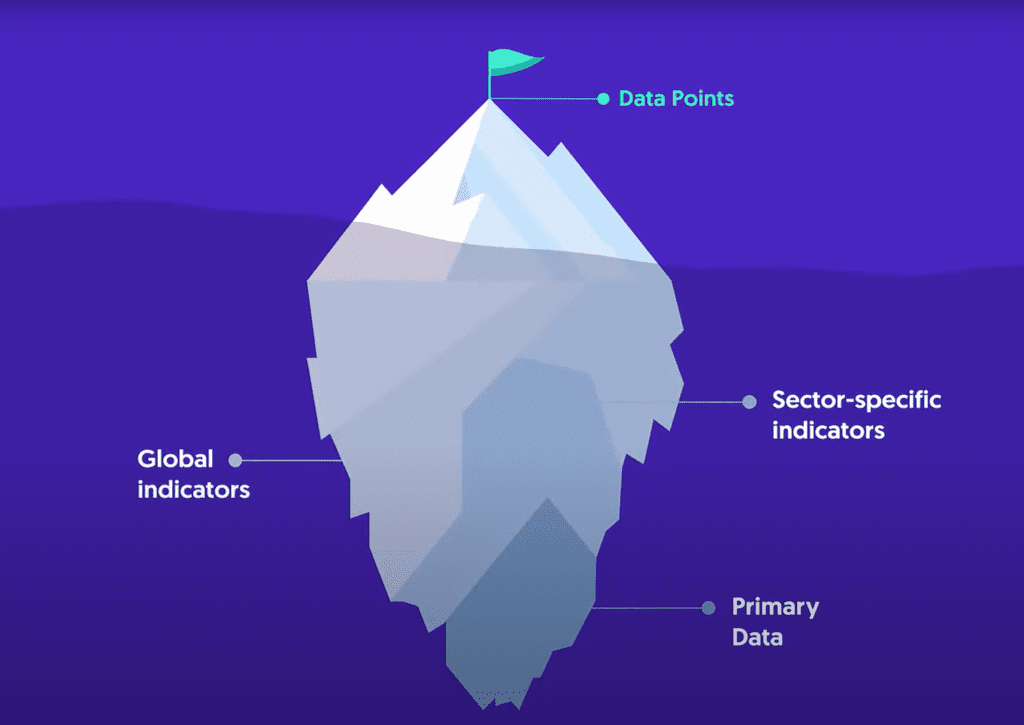The European Union has set ambitious goals to combat climate change and promote sustainability through the European Green Deal. These objectives, which range from significantly reducing greenhouse gas (GHG) emissions by 2030 to achieving climate neutrality by 2050, place a series of obligations on each member state, including Spain. Below, we explore these goals and how your company can prepare to meet them by using advanced technological tools.
EU objectives for 2030 and 2050
The European Union has laid out ambitious goals in its European Green Deal to fight climate change and promote sustainability. These objectives are outlined in the “Fit for 55” package, which sets measures to reduce GHG emissions by at least 55% by 2030 and achieve climate neutrality by 2050.
The Fit for 55 package includes a range of policies and measures designed to transform the European economy into a sustainable model. These measures span from promoting renewable energy and improving energy efficiency to implementing a more stringent emissions trading system and adopting clean technologies across various industrial sectors.
General targets
By 2030: Reduce GHG emissions by at least 55% compared to 1990 levels.
By 2050: Achieve climate neutrality, meaning net-zero GHG emissions.
Sector-specific targets
Energy
Increase the share of renewable energy in the energy mix to 40% by 2030.
Achieve near-complete decarbonisation of the electricity sector by 2050.
Improve energy efficiency by 32.5% by 2030.
Industry
- Reduce GHG emissions by 23% by 2030 compared to 2005.
- Promote the use of carbon capture and storage (CCS) technologies.
- Encourage electrification and the use of green hydrogen.
Transport
- Reduce CO2 emissions from new cars by 37.5% and new vans by 31% by 2030, compared to 2021 levels.
- Reduce CO2 emissions from new trucks by 30% by 2030, compared to 2019 levels.
- Achieve a 10% reduction in aviation emissions by 2030.
- Mandate the use of sustainable aviation fuels.
- Reduce GHG emissions from maritime transport by 40% by 2030, compared to 2008 levels.
Buildings
- Perform energy renovations on at least 3% of the public building stock annually.
- Achieve a zero-emissions building stock by 2050.
- Implement stricter building standards for all new constructions.
Agriculture and land use
- Reduce GHG emissions from the agricultural sector by 10% by 2030, compared to 2005.
- Promote sustainable agricultural practices and reduce the use of chemical fertilisers.
- Increase the carbon absorption capacity of forests and soils.
- Set a target for negative emissions by 2030.
Waste
- Reduce emissions from the waste management sector by promoting recycling and reducing landfill use.
- Aim to recycle 65% of municipal waste by 2035.
Spain’s National Integrated Energy and Climate Plan (PNIEC)
As an EU member, Spain has incorporated these goals into its National Integrated Energy and Climate Plan (PNIEC) 2021-2030, which outlines the following objectives:
- GHG emissions reduction: Decrease greenhouse gas emissions to combat climate change.
- Renewable energy penetration: Increase the share of renewable energy in final energy consumption, with the aim that 74% of electricity will come from renewable sources by 2030.
- Energy efficiency: Improve energy efficiency with a target of 44% in terms of final energy by 2030.
Emissions management strategy and decarbonisation plans
If GHG emissions are a material issue for your company, it is crucial to develop an emissions management strategy and decarbonisation plans. These plans should include:
- Carbon footprint assessment: Calculate GHG emissions across your company’s scope 1, 2, and 3 emissions using recognised standards (GHG Protocol, ISO 14064).
- Development of reduction strategies: Implement a strategy to reduce emissions through various levers such as energy efficiency, material efficiency, renewable energy use, fuel switching, and more, to meet established targets.
- CSRD compliance: Ensure compliance with the Corporate Sustainability Reporting Directive (CSRD) to transparently and accurately report emissions and sustainability actions, in line with the requirements in ESRS E1 – Climate Change.
Technology as an ally
The Sygris Carbon Footprint platform is a key tool to help companies achieve their decarbonisation goals. The platform allows you to:
- Calculate GHG emissions: Measure your company’s emissions across scope 1, 2, and 3, providing detailed and precise analysis in line with international standards.
- Monitor and report: Facilitate continuous monitoring of emissions and generate reports to ensure regulatory compliance.
- Develop “Action Plans”: Create and manage customised decarbonisation plans aligned with emission reduction targets and the transition to a NetZero future.
The EU has established a clear and ambitious roadmap for decarbonisation, and companies must prepare to meet these objectives as outlined by the CSRD and detailed in ESRS E1 – Climate Change. Developing an emissions management strategy and decarbonisation plans is essential. With advanced tools like the Sygris Carbon Footprint platform, companies can not only meet regulatory obligations but also lead the way in the transition to a sustainable, carbon-neutral future.



